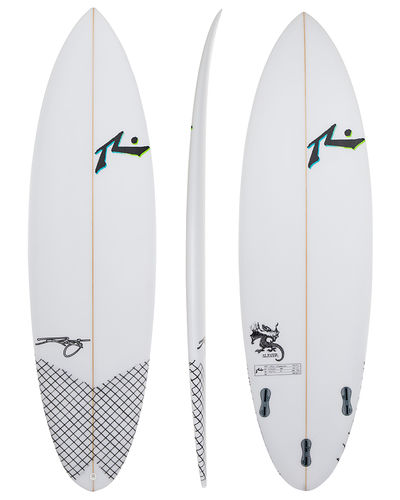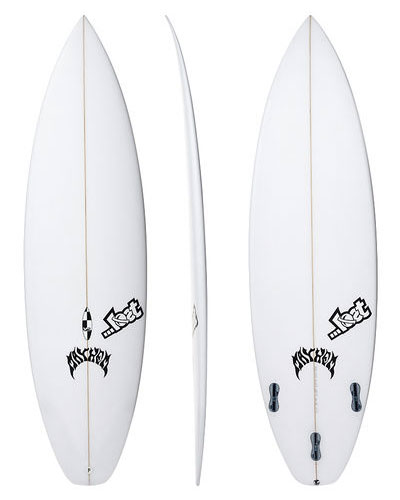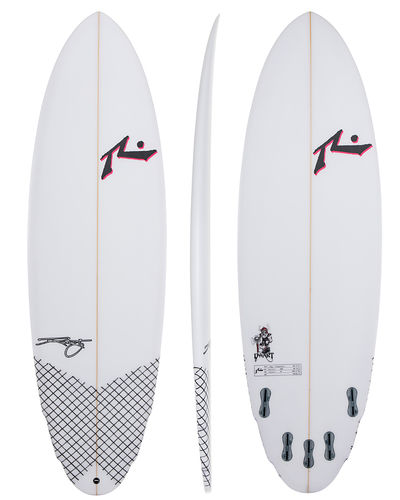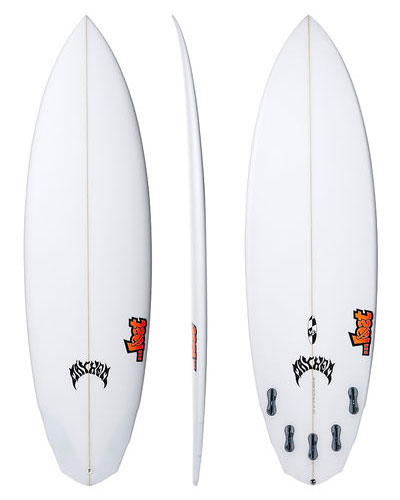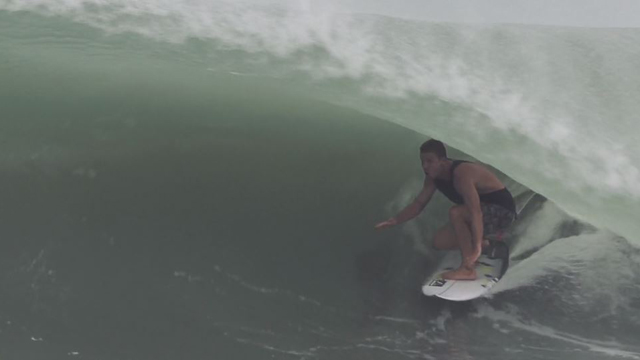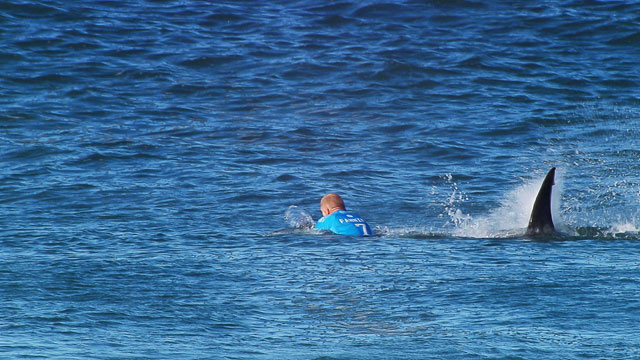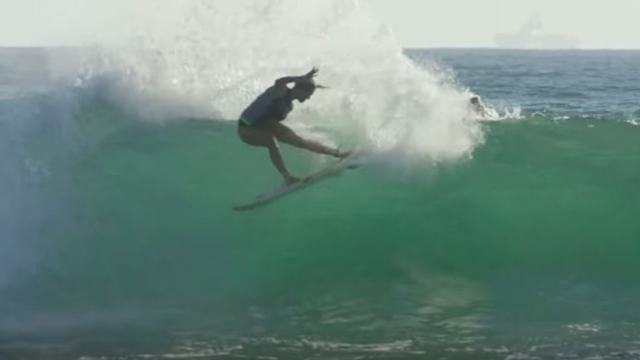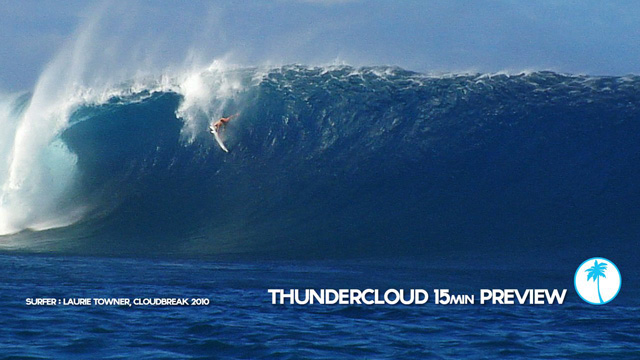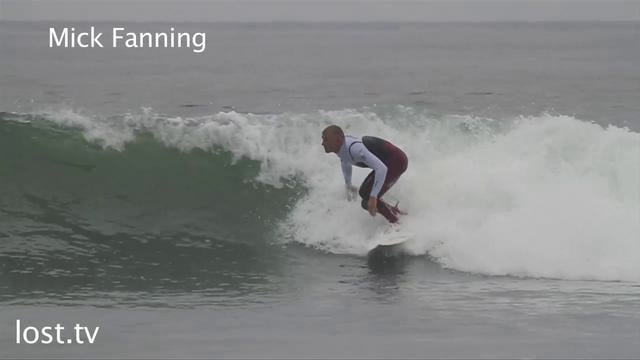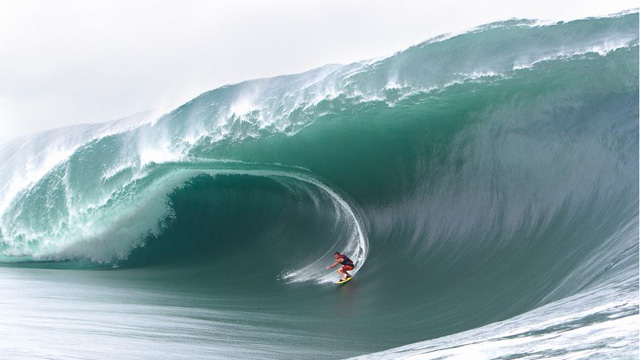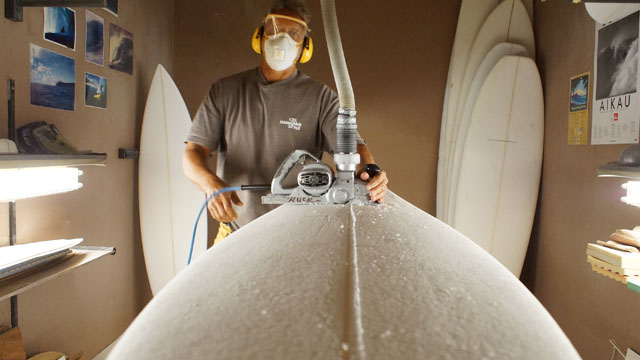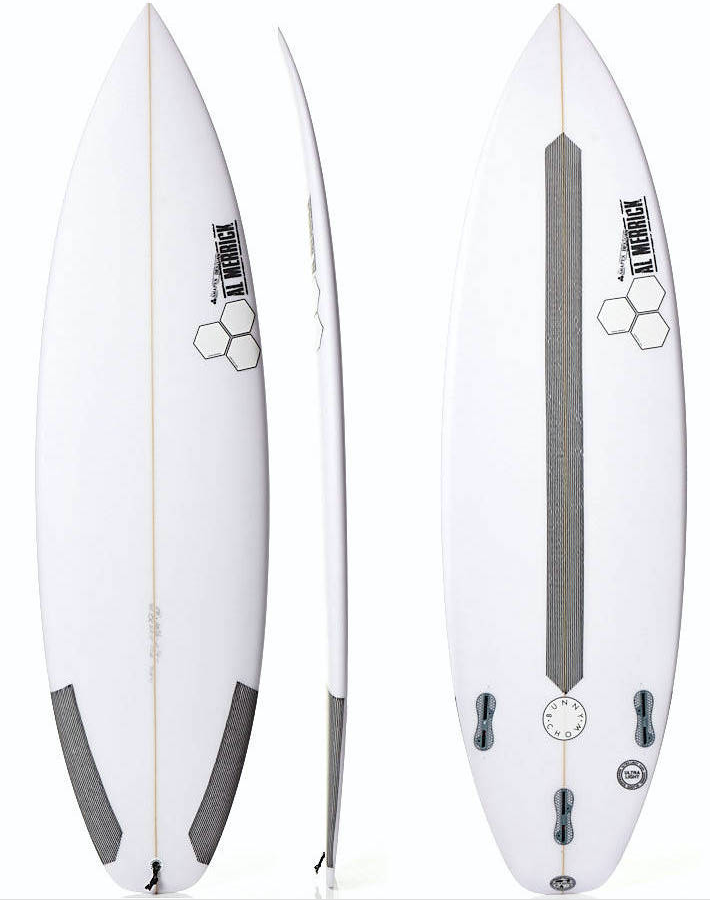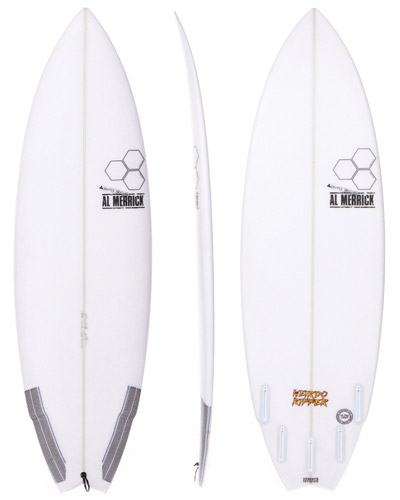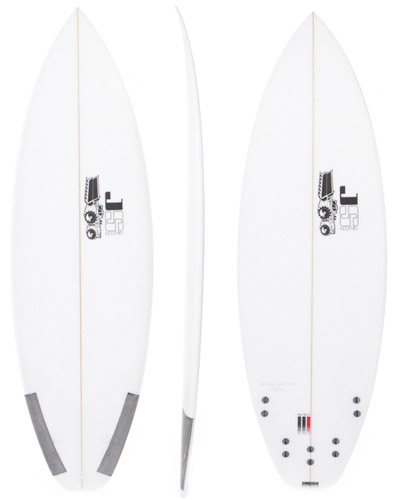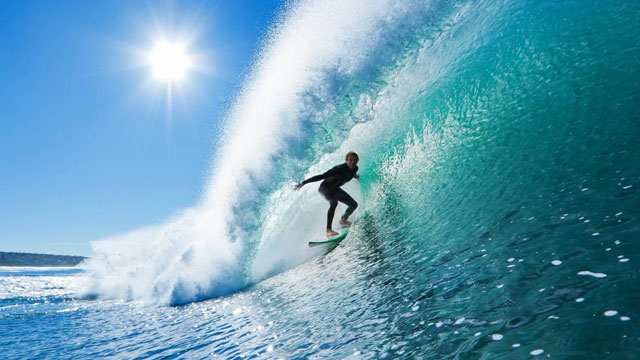
If you’re looking for information about learning how to surf, pay attention because today I’m going give you some tips that I wish I would’ve known when I started to learn how to surf. Hopefully you can get to your feet a little quicker and start enjoying what is in my opinion the most rewarding sport ever conceived.

When you’re finished reading this article and watching the videos check out our article on how to choose a surfboard or you could just go straight to our list of the best beginner surfboards. A great way to learn how to surf is to spend some time at a Costa Rica surf camp or a surf camp in Bali.
Let’s get some advice on the page so that you can get out there and start ripping it up. I’ll break it down into the 3 main areas.
Paddling
You’re going to be spending a lot of time paddling, so you should be good at it because it will make the experience so much easier. Paddling should be easy… right? It is easy, no doubt. But when you first learn how to surf and you lay on the board and begin paddling out into the break, if you’ve not done any paddling on a surfboard before it will seem pretty foreign to you. So make sure the waves are small when you first start getting your paddling up to speed.
- Get your balance on the surfboard by getting your body position right. Make sure that you’re aligned on the surfboard and that the stringer line that runs down the centre of your board is running straight along the middle of your body. You’ll feel it when your balanced.
- As for how far forward or back on the board your chest should be… well this differs depending on the surfboard you’re riding. As a beginner you’ll probably be riding something a little larger. If so you’ll probably be about an arms length from the tip of the nose.
- Full, deliberate and powerful strokes. Every stroke should be a full arm extension, keep the arm extended and draw the arm all the way through to complete the motion. Short and frantic paddling is highly counter-productive. Short & frantic paddling will tire you out much quicker and you get no where near the drive that you get from complete, deliberate powerful strokes.
- Get a steady paddling rhythm going. When you get your rhythm worked out you’ll notice that your board will begin to plane and you’ll really notice the difference in your forward momentum. Keep the momentum up because when you have momentum the rhythm is easier to maintain.
- You’ll find that arching your back and getting your chest off the board helps to get into the rhythm.
Duck Diving
To learn how to surf you need to get out the back of the break. To get through the break you need to learn how to duck dive. When timed right the duck dive is your saviour. It feels so good when timed perfectly.
- As the wave approaches push the front of the board down as deep as the depth of water allows. Make sure you allow enough time to have the front of the board deep before the white water or wave hits.
- Just before the wave face or white water hits, push the back of the board under with your back foot. When timed correctly this will allow the wave to roll over you without catching the board.
- As the wave passes over you, allow the front of the board to come back up. Pop out the back of the wave and keep paddling out like a champion.
Mastering the duck dive is a must because when you head out on those bigger days, it’ll save your arms.
Surfing the Wave
Lets get this broken down into the essentials because this is exactly what you need to know how to surf.
The Popup
By paddling hard and mastering the popup you’re going to give yourself extra time to get to your feet and get going on the wave.
- Paddle hard. This is important because getting up to speed when you’re catching the wave gives you more time to get to your feet. ,
- Angle your surfboard slightly in the direction that the wave will break. This gives you an advantage by already getting you moving a little sideways on the wave so that you can stay in front of the white water.
- Keep your legs together. You need to streamline your body to get the most from your surfboard’s momentum.
- Keep your head up at all times and looking forward so you can see what the wave is doing.
- When you feel like the wave is pushing you, bring your hands back and place the them flat on the board beside your armpits.
- Plant your back foot on the back of the board.
- In one smooth motion pop yourself up with your arms and bring your legs and in under your body. It is very important to popup in one smooth and powerful action. Do not get to a knee first and then to your feet. This takes way too long, makes you unstable and will teach you bad habits that will only need to be overcome anyway.
- Your front foot should land between where your hands were and your feet should be a little wider than shoulder width apart.
- Rotate your torso around so that you’re now facing sideways.
- Do not stand up straight. Keep relatively low with your knees bent so that you have room for movement to adjust to changes in the wave and keep your centre of gravity low.
Now you’re flying down the face and preparing to smash the lip 🙂 I found a great little video that explains it perfectly.
Surfing the Face of the Wave
Once you’ve gotten to your feet, hopefully with an clean wave face walling up for you, get that board moving sideways. It’s actually pretty difficult to explain but once you’ve learnt how to surf, you’ll just know the right feeling.
- Keep your centre of gravity low and look where you want the board to go and generally your body will follow.
- Turning the board requires a combination of shifting your weight onto the balls or heels of your feet and rotating your shoulders and torso in the direction your want to turn the surfboard.
And once again I’ve found a great little video that demonstrates this exactly.
I’m going to say a few harsh truths here but please read on, because it’s not all bad and these 3 points really are something you need to know. Do not expect learning to surf to be easy. There are a couple of reasons for this…
- The motor skills and co-ordination required are pretty intensive. You need to be able to balance on the moving board, whilst the wave beneath continues to change it’s shape and power.
- You need to have knowledge of the ocean and how it works. Catching waves is the goal, so understanding the mechanics of how a wave breaks is a good start. This will allow you as a beginner surfer to recognise when the wave is peaking and ready to catch. Better wave knowledge and more experience will give the edge when it comes to recognising a suitable wave and paddling yourself into position for the take off.
- Every wave is different. In most other sports you can practice pretty much the exact same scenario over and over until you become proficient. When you learn to surf, every wave is of varying size shape and that can make learning to surf take just that bit longer.
Summary
I know it sounds like a lot but it’s not and when you get it, you’ll be hooked for life. Catch as many as you can, because like anything, learning how to surf is just a matter of practice. Now that you know how to surf go and check out our article on how to choose a surfboard.
